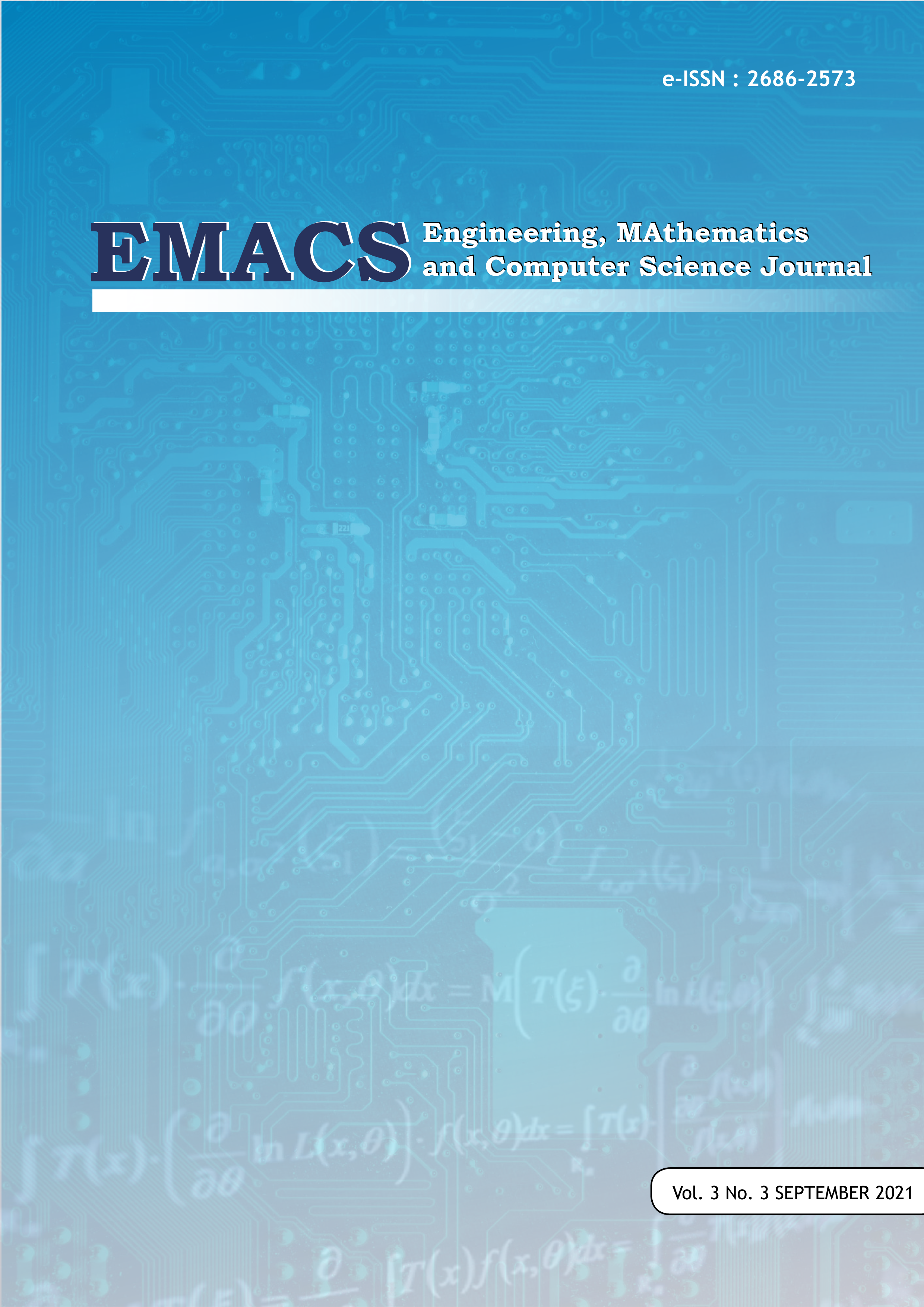Sistem Kehadiran Biometrik Sidik Jari Menggunakan IoT yang Terintegrasi dengan Telegram
DOI:
https://doi.org/10.21512/emacsjournal.v3i3.7426Keywords:
System Attendance, IoT, Education, FingerprintAbstract
The rapid development of technology today is very useful for humans in various aspects of life. One of the impacts of these technological developments is IoT (Internet of Things). Currently, IoT has been widely used in various fields such as manufacturing, offices, public transportation, and education. One of the uses of IoT in the field of education is to create a biometric attendance system using fingerprints. The purpose why use the fingerprints is to reduce cheating committed by students such as leaving absent. By using the fingerprint IoT attendance system, this is difficult to do because everyone has a different form of fingerprint. In addition, this project integrates fingerprint attendance with the Telegram messenger application. All fingerprints and student attendance data are stored on the website. Based on the experimental results, the success rate of this attendance system is 80%, and the accuracy is 89%.
References
Arafat, A. (2016). Sistem Pengaman Pintu Rumah Berbasis Internet Of Things(IoT) dengan ESP8266 (Vol. 7). Jurnal Ilmiah Fakultas Teknik “Technologia".
Pratama, N. P., Triayudi, A., & Hidayatulloh, D. (2019). Design-Based Fingerprint Time Attendance System Using IOT With MCU Node ESP8266 (Vol. 11). Jurnal Teknik Informatika C.I.T.
Jain, T., Tomar, U., Arora, U., & Jain, S. (2020). IoT Based Biometric Attendance System (Vol. 11). International Journal of Electrical Engineering & Technology (IJEET).
Patil, A., Mahla, A., & Sonawane, S. (2017). IoT based attendance system (Vol. 4). International Research Journal of Engineering and Technology(IRJET).
PGSD, Universitas PGRI Yogyakarta. (2018, Juni 08). Pengertian Pendidikan. PGSD Universitas PGRI Yogyakarta. Retrieved Mei 4, 2021, from https://pgsd.upy.ac.id/
Downloads
Published
How to Cite
Issue
Section
License
Copyright (c) 2021 Engineering, MAthematics and Computer Science (EMACS) Journal

This work is licensed under a Creative Commons Attribution-ShareAlike 4.0 International License.
Authors who publish with this journal agree to the following terms:
- Authors retain copyright and grant the journal right of first publication with the work simultaneously licensed under a Creative Commons Attribution License - Share Alike that allows others to share the work with an acknowledgment of the work's authorship and initial publication in this journal.
- Authors are able to enter into separate, additional contractual arrangements for the non-exclusive distribution of the journal's published version of the work (e.g., post it to an institutional repository or publish it in a book), with an acknowledgment of its initial publication in this journal.
- Authors are permitted and encouraged to post their work online (e.g., in institutional repositories or on their website) prior to and during the submission process, as it can lead to productive exchanges, as well as earlier and greater citation of published work.
USER RIGHTS
All articles published Open Access will be immediately and permanently free for everyone to read and download. We are continuously working with our author communities to select the best choice of license options, currently being defined for this journal as follows: Creative Commons Attribution-Share Alike (CC BY-SA)





